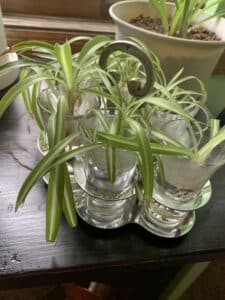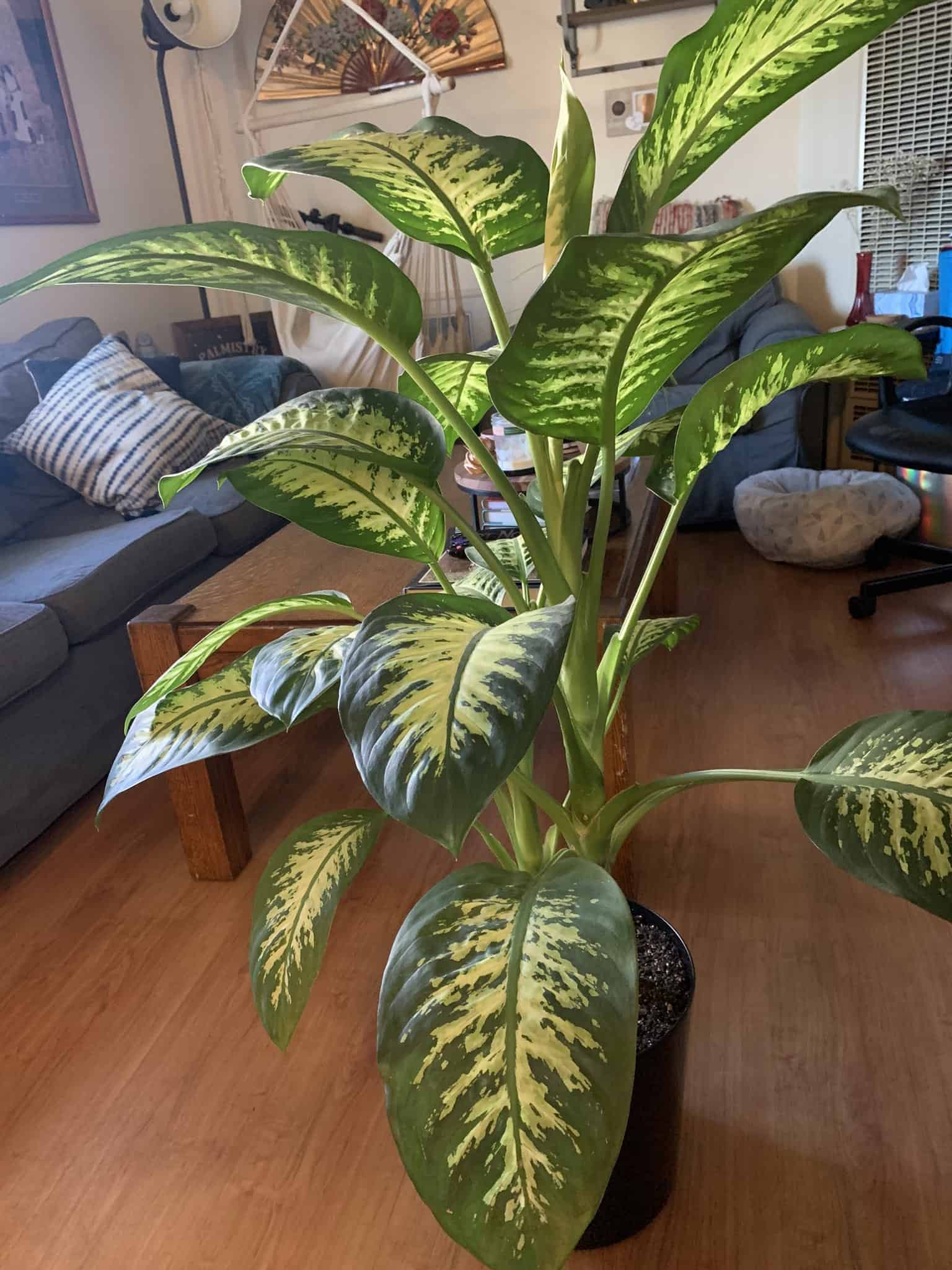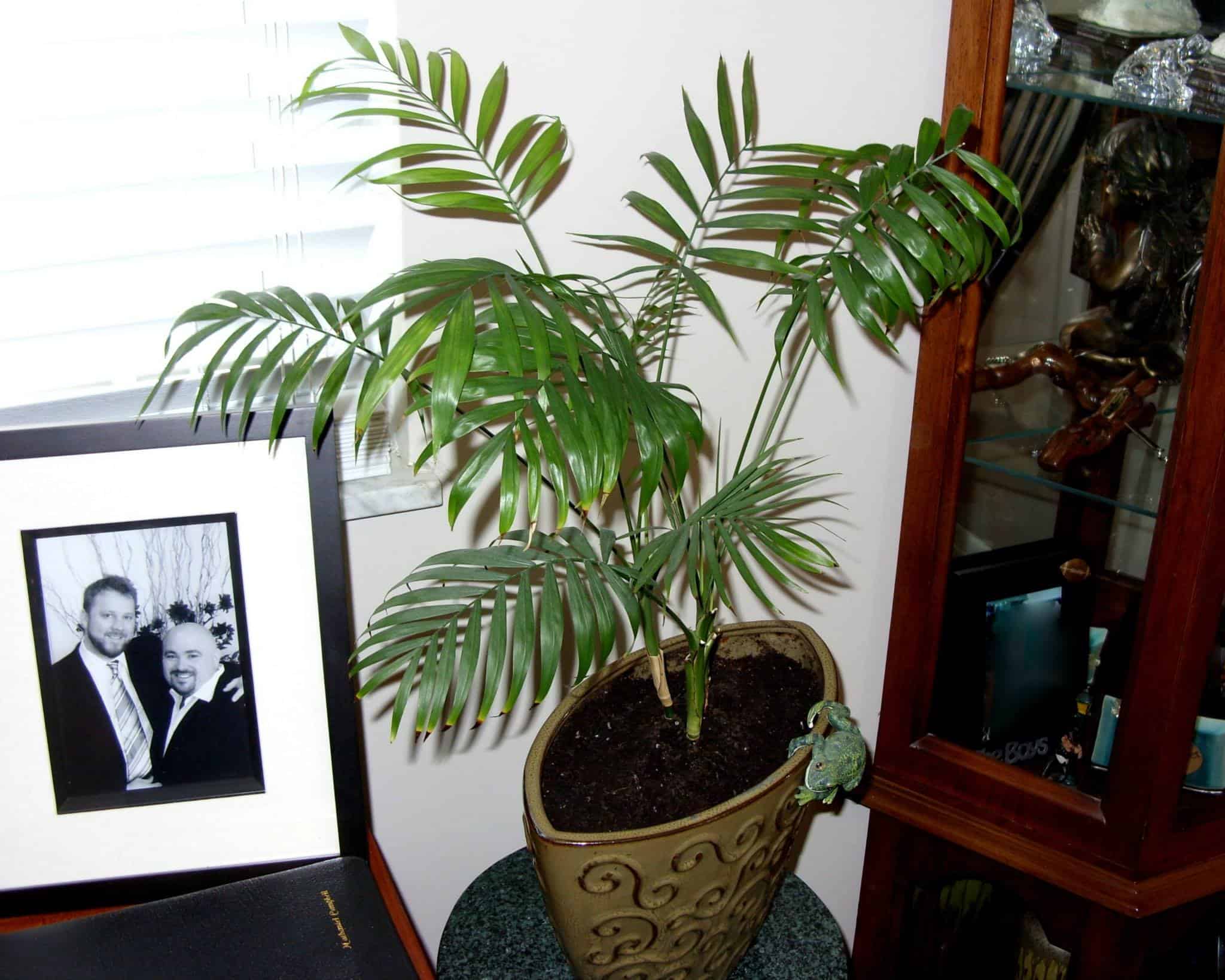Like many of us, if your office lacks windows, that should not hold you back from having a plant fellow flapping around. There are plants that you can still own.
Many indoor plants like succulents, trailing, flowering, and non-flowering are more common in offices. Let us look at the best plants for office with no windows.
Table of Contents Show
Benefits of Growing Plants in Office with No Windows
Apart from enhancing the overall appearance of a space, plants for the windowless room have the following benefits.
- Indoor plants absorb the VOC pollutants from the air, cleansing the air between the four walls.
- Plants in a no-window room add up to as a stress reliever, boosting positivity.
- A piece of nature supports exploring a person’s creative side, improving the quality of work.
- Foliages and leaves of plants help absorb noise, maintaining an apt environment to work.
- The little hint of greens and colors livens up the working space, adding to the interior to attract employees.
Factors to Choose the Plants for Office with No Natural Light
Plants have their requirements for light, temperature, and care.
Before welcoming any greens, first, let’s have an insight into some important factors for choosing a suitable plant for your workstation.
| Factors | Specification |
|---|---|
| Light | Plants that can thrive well in artificial light of 10-12 hours. Requiring no bright, sunlight. |
| Watering | Everyday watering not being the requiste of the plant. |
| Size | Fitting the little space available in your cubicles. Small pots should be able to host the plants. |
| Temperature | That resists manually controlled temperature by air conditioners. |
| Growth rate | Rapid growing plants would not suit an office environment. Go for the plants that demands less grooming. |
| Appearance | That adds up to the aesthetic of the room, simply complimenting to the plane walls. |
| Toxicity and allergy | Plant than have no toxic or allergic reactions to any colleague. |
22 Best Plants For Office with No Windows
Here is the list of plants that would enjoy accompanying you during long office hours.
1. Snake Plant (Sansevieria trifasciata)
Mother-in-law’s tongue is a popular name for this house plant; however, my favorite name is the devil’s tongue.
Snake plant is a fantastic option in busy offices as it thrives in medium to low light or fluorescent lighting and requires little care.

The sword-like leaves grow to an average height of 2 meters, and you can also maintain it as a small plant.
Snake plants are succulents requiring comparatively less water. Make sure to let the soil dry before your feed the plant.
These plants can live for 5-10 years, further extending to 25 years under properly maintained conditions (adequate fertilization, watering, and proper lighting).
2. Peace Lily (Spathiphyllum)
If you feel the absence of freshness in your cabin, luckily, Peace lily might be the savior.
Apart from their single white flowers with hoods raising like a flag, these possess air-purifying qualities making a perfect plant for no-window rooms.
Although, under low light or standard room lighting, they reach up to 40 inches.
Peace Lily is a tropical plant, it may sound weird, but they make a great bathroom plant as humidity needs are fulfilled there.
Even if you forget to give your plant a drink for a whole week, don’t worry; it is resilient enough to withstand.
Many of us mistake the white spathe for the flowers; however, Peace Lily bears tiny flowers on the pointed spadix.
3. ZZ Plants (Zamioculcas zamiifolia)
ZZ plants, tropical perennials native to Eastern Africa, are famous for their shiny deep-green leaves.
An average of 15-25°C and 8 hours of indirect sunlight allows the plant to grow at full tilt, which is also a standard room temperature, so it’s ideal for any office space.
These are easy to care for. Light watering goes on for a long time.
ZZ plants used in a colorful vase break monotony of the office. ZZ plants are slow growing and require around five years to mature, upon which the flower may appear.
It is apt for your table as it doesn’t exceed 1 meter in height and spread.
4. Jade Plant
While there might be a debate about whether Jade is a succulent or cacti, what’s sure is that it is an ideal match for your office desk with no window.
When provided with proper care, Jade flourishes, resembling a miniature tree.
However, light adjustment for Jade could be a bit difficult.
The teardrop-shaped leaves, thick and glossy, demand vivid daylight to replicate its native home.
Jade plants come with good luck and prosperity; will you believe it? Well, your Asian friends are going to swear by it.
5. Spider plant (Chlorophytum comocum)
Like many other indoor plants, plant enthusiasts prefer Spider plants for their air-cleansing quality.
This plant also goes by the name ‘Hen and chicken’ and ‘Spider Ivy’ because of its feather-like appearance.

The plant is easy-going and hardy, and no frequent watering is necessary.
Root rot and yellow leaves might be a stumbling block to the spider plant.
For this plant’s better growth, only use a potting mix that permits good drainage.
6. Cast Iron Plant (Aspidistra Elatior)
The Cast iron plant became popular in the victorian age, and at present, even plant newbies adore it.
The drought-resistant character of the cast iron plant makes it a trendy pick by office-going individuals.
As the name suggests, cast iron plants are as strong as cast iron. These sturdy plants barely need attention.
The only plant risk is sunburn, which is not a problem in an office with no windows.
You might get a rare view of white/purple flowers, 2-3 ft tall and 1-2 ft wide, during spring and summer.
These herbaceous perennials thrive in acidic to neutral well-draining soil under partial sunlight.
7. Philodendron
Philodendrons are native to Central and South America, flaunting different colors and patterns from dark green to glossy pink-purple to heart-shaped to oval to striped, and many more.
People widely grow Philodendron as ornamental or interior decor and symbols of health, abundance, and good fortune.
For a cozy corner, hanging philodendrons add cheer by trailing around the place.
Humidity above 60%, diffused bright light, and a temperature of about 55-75°F would be perfect for a philodendron to grow.
Light watering can help the plant flourish.
8. Dumb Cane (Dieffenbachia)
Dumb canes are tropical perennials, lately gaining attention for office decor.
Especially for closed spaces, almost all Dieffenbachia types are great for improving indoor air quality.
Moreover, they adjust well to partial sun exposure and well-aerated acidic soil.

Like Peace Lilly, if care requirements are fulfilled, these plants give rise to long white flowers that are poisonous to pets and children, which is not usually a problem in the office.
The average height of a dumb cane would be 3-5 ft. Meanwhile, Dieffenbachia can withstand the temperature of zone 10-12.
9. English Ivy (Hedera helix)
People primarily grow English Ivy for its never-ceasing green leaves, although it bears greenish-white flowers during the summer end to initial fall.
Ivy trailing along the desks requires filtered light, and the best soil would be loamy and slightly alkaline.

The leaves put on a darker green hue when humidity is 40-50% with a steady temperature of 70-90°F.
Since the vine grows as much as favored, you can prune the long vines.
10. Pothos Plant
You might know Pothos by Devil’s Ivy, Hunter’s Robe, and Marble Queen. It originates from South Pacific.
Representing most indoor plants, Pothos also enjoys diffused light, making it suitable for enclosed working premises.

Under minimum light and temperature, Pothos tends to grow slowly, which is why placing it over a table is an advantage.
However, by using aerial roots, Pothos can reach enormous heights.
Pothos are toxic to pets. If your pet often visits you at the office, you must reconsider hosting Pothos.
11. Arrowhead Plant (Syngonium podophyllum)
Arrowhead plants are one of the few plants that can grow without the soil.
Either let your vines climb up a corkboard in the office or provide trellises for its support. You can as well grow it on a transparent vase with water.
Arrowhead vine prefers glaring light but no direct sun as it bleaches the colorful leaves.
Lightly mist the plant regularly, slowing down during the winter and maintaining the humidity above 40%.
12. Parlor Palm (Chamaedorea elegans)
The light green leaves of the Parlor Palm may look burdensome; instead, it is one of the easiest to look after.
People believe that this plant originated from the rainforests of southern Mexico and Guatemala.
Filtered light and moist soil are all it requires for its leaf to be lush.

Ideally, placing the Parlor Plam on your desk is not practical since it stands 2-6 ft tall and spreads to about 2-3 ft.
Even so, you can place it at the corner of the lobby or the office entrance.
While bloom may be a rare site, if it does, it’s around the spring.
10 Additional Best Plants for Office with No Windows
Apart from the above-mentioned plants, the table below has more plants to choose from.
| Plant | Appearance | Light Requirement |
|---|---|---|
| Lucky Bamboo | Light green slender shoots Long arched leaves | Indirect light with two hours of direct sunlight. |
| Burro's Tail | Tail-like densly packed light green leaves | Consistent partial daylight. |
| Chinese evergreen | Unique patterned leaves, elongated or oval Plant is 1-3ft tall. | Warm tempertaure above 70°F with diffused day light. |
| Aloe | Thick fleshy leaves. Sharp edge and pinkish spine throughout the leaves. | Temperature of 55-75°F, medium to direct sunlight. |
| Haworthias | Short spooky leaves of 3-5 inch height. | Partial shade to low light condition. |
| Gold Dust Plant | Slow-growing evergreen shrub Specks of gold and yellow on the leaves. | Bright filtered light in a cool room |
| Monstera | Varied shape and sizes Reaches towering height of 10-15 ft. | Artifical light either blue/red or full spectrum white light |
| Dragon Tree | Sword-like leaves with red around the margin. Flowers rarely in the springs (when grown indoors) | Partial shade to frequent full sun with neutral to acidic soil. |
| Nerve plant | Tinted green leaves with white veins Trailis up to 12-18 inches. | Filtertered light, and minimum watering |
| Peperomia | Purple-green textured or smooth leaves White to brown flowers | Flourescent light or low-light conditions. |
Along with suitable plants, it’s essential to know about the pot that favors your plant.
Ceramic pots and terracotta pots are preferred for indoor plants for their look and draining properties.
How to Keep Plants Alive in Office with No Windows
After selecting the best plants for an office with no windows, there are a few ways to ensure that the plant will work well in the space.
- Avoid placing your plants in the high-traffic area of the office (near the printer, coffee area, etc.), as people may knock over the plant.
- Make sure not to overwater the plant to prevent any damage caused by waterlogging.
- Facilitate the drainage requirement of the plant by choosing a suitable pot and potting mixture.
- Do not forget to dust the leaves of the plant to avoid buildup enabling the plant to reach sufficient light needs.
- Periodically check on the leaves for any sign of disease and pest and remove them if found.
- Use fluorescent light or high-lumen light to keep your plants thriving.
- Remember not to overcrowd many plants in a tiny space to ensure proper airflow.
Wrapping up…
I have mentioned enough plant varieties that may bring color, life, and positivity to your dull workspace.
But before choosing what looks best, you must consider the plant’s habitat, light, water, and temperature.


